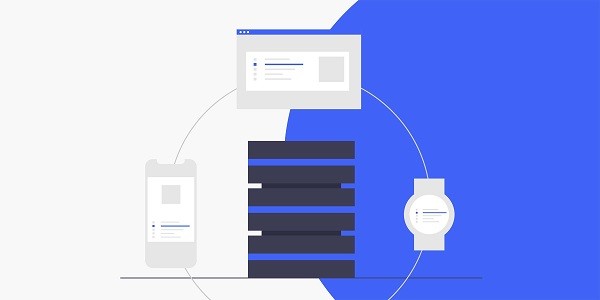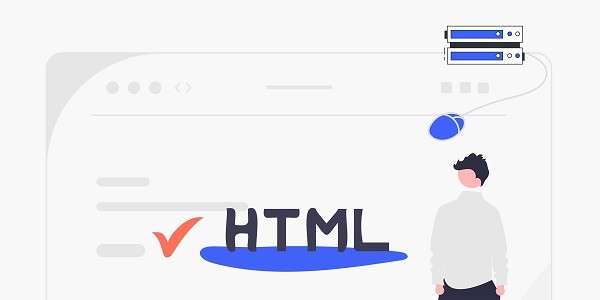Zoominfo and Crunchbase are both leading platforms in the field of enterprise data, but their core functions, target users and application scenarios are significantly different. This article analyzes the differences and complementarity between the two, and explores how proxy IP can improve data acquisition efficiency. Why do businesses need Zoominfo and Crunchbase?Zoominfo and Crunchbase are two core tools in the field of business data analysis. Zoominfo focuses on in-depth mining of B2B enterprise customer data, providing contact information, company structure and decision chain analysis, which is suitable for precision marketing and sales lead development; Crunchbase focuses on start-up and investment and financing data, covering company financing history, industry trends and competitor dynamics, and is an important reference for investors and entrepreneurs.For data-driven companies, the coordinated use of these two platforms can cover the entire chain of needs from market research to customer reach. However, when accessing such platforms frequently, IP restrictions and anti-crawling mechanisms may become obstacles. At this time, the value of proxy IP service providers such as IP2world is highlighted - through products such as global residential proxies and data center proxies, users can efficiently obtain data while circumventing access restrictions. What are the core differences between Zoominfo and Crunchbase?Data dimensions and target usersZoominfo's core advantage lies in its enterprise-level contact database, which has finer data granularity, such as directly providing the email and position information of sales decision makers. Typical users include sales teams, marketing personnel, and companies that need to accurately reach customers.Crunchbase focuses on enterprise ecosystem analysis, and is particularly good at tracking startup dynamics and investment and financing events. Its user groups are mainly investors and entrepreneurs, and it is used to evaluate market potential and competition.Functional focusZoominfo provides automated sales tools, such as email template integration and CRM system docking, emphasizing "direct conversion"; Crunchbase pays more attention to trend analysis and visual reports to help users grasp the industry trends. How to achieve complementary applications of the two?Closed loop of decision-making from macro to microCompanies can use Crunchbase for macro market scanning, such as screening high-growth industries or potential tracks; and then use Zoominfo to lock in key contacts within the target company and design customized marketing strategies. This combination of "strategy + execution" can significantly improve resource utilization efficiency.Real-time challenges of data updatesBoth face data lag issues, especially in areas with frequent financing information or executive changes. Some companies will use crawler technology to supplement real-time data, but they need to rely on proxy IP services (such as static ISP proxies) to bypass anti-crawling restrictions and ensure crawling stability. How does proxy IP optimize the data acquisition process?High-frequency access to the invisible demandWhether it is exporting Zoominfo's contact list in batches or monitoring Crunchbase's investment and financing dynamics, frequent requests can easily trigger platform risk control. Residential proxies can simulate real user behavior and reduce the risk of being banned; while data center proxies are known for their high speed and large concurrency, making them suitable for large-scale data collection.Geolocation and Data IntegritySome corporate information has regional differences, such as local branch data of multinational companies. Through IP2world 's global residential proxy, users can switch IP addresses in different countries to obtain more comprehensive data coverage. IP2world ’s connection to Zoominfo/CrunchbaseAs a partner of data-driven enterprises, IP2world 's proxy IP service provides the underlying support for the efficient use of Zoominfo and Crunchbase:Accurate data capture : Static ISP proxies provide long-term stable IP addresses, which are suitable for continuous monitoring of changes in corporate information.Multi-scenario adaptation: Social media marketing teams can manage multiple accounts through residential proxys and simultaneously verify the effectiveness of advertising; market researchers can use unlimited residential proxys to achieve cross-regional data comparison.Anti-crawling : Socks5 proxy supports flexible protocol configuration, effectively bypassing the platform's anti-crawling mechanism and ensuring the continuity of data collection. How should companies choose data tools?Demand matching priorityIf the goal is to quickly generate sales leads, Zoominfo's precise reach capabilities are more advantageous; if you need to analyze industry trends or financing dynamics, Crunchbase's database is more suitable.Technology integration capabilitiesBoth support API connection, but enterprises need to ensure that their infrastructure (such as proxy IP resources and data cleaning tools) can handle large-scale data flows. For example, through IP2world 's data center proxy, enterprises can deploy automated scripts to regularly pull data and update internal systems. ConclusionThe difference between Zoominfo and Crunchbase is essentially the division of labor between "execution tools" and "strategic tools". The combination of the two can help companies achieve a seamless transition from insight to action. In this process, stable and efficient data acquisition capabilities are crucial.As a professional proxy IP service provider, IP2world provides a variety of high-quality proxy IP products, including residential proxy, data center proxy, static ISP proxy, dynamic ISP proxy, etc. , suitable for a variety of application scenarios. If you are looking for a reliable proxy IP service, welcome to visit the IP2world official website for more details.
2025-04-11









